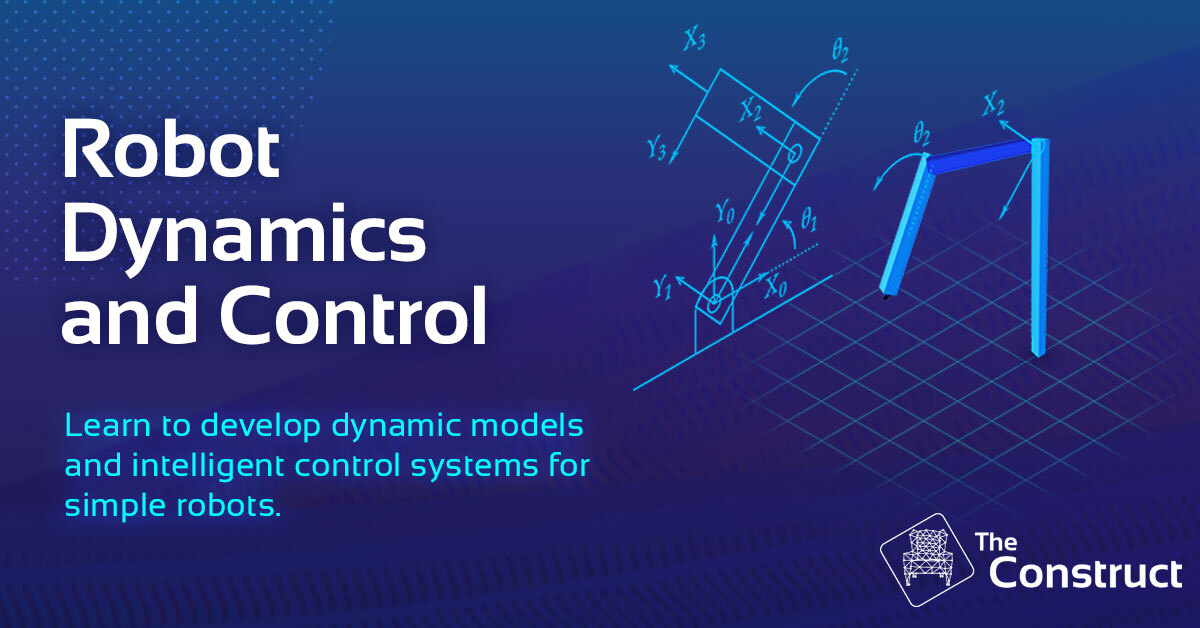Robot dynamics is a branch of robotics that deals with the study of the motion of robots and the forces that cause this motion. It is a crucial aspect of robotics, as it enables robots to perform tasks efficiently and effectively. In this article, we will delve into the world of robot dynamics, exploring its key concepts, principles, and applications.

What is Robot Dynamics?
Robot dynamics is the study of the relationship between the forces and moments that act on a robot and its resulting motion. It involves the analysis of the robot’s kinetic and kinematic properties, such as its position, velocity, and acceleration. The goal of robot dynamics is to understand how a robot moves and how it interacts with its environment.
Key Concepts in Robot Dynamics
There are several key concepts in robot dynamics that are essential to understanding the subject. These include:
- Kinematics: The study of the motion of a robot without considering the forces and moments that cause this motion. Kinematics involves the analysis of the robot’s position, velocity, and acceleration.
- Dynamics: The study of the motion of a robot considering the forces and moments that cause this motion. Dynamics involves the analysis of the robot’s kinetic and kinematic properties.
- Newton’s Laws: The three laws of motion formulated by Sir Isaac Newton, which describe the relationship between a force and the resulting motion of an object.
- Euler-Lagrange Equations: A set of equations that describe the motion of a robot in terms of its kinetic and potential energy.
- Hamilton’s Principle: A principle that states that the motion of a robot is such that it minimizes the action integral, which is a measure of the energy of the system.
Principles of Robot Dynamics
There are several principles that govern robot dynamics. These include:
- The Principle of Least Action: This principle states that the motion of a robot is such that it minimizes the action integral.
- The Principle of Conservation of Energy: This principle states that the total energy of a robot remains constant over time.
- The Principle of Conservation of Momentum: This principle states that the total momentum of a robot remains constant over time.
Applications of Robot Dynamics
Robot dynamics has a wide range of applications in fields such as:
- Robotics: Robot dynamics is used to design and control robots that can perform tasks efficiently and effectively.
- Computer Animation: Robot dynamics is used to create realistic animations of robots and other objects.
- Computer Games: Robot dynamics is used to create realistic simulations of robots and other objects in computer games.
- Automotive Industry: Robot dynamics is used to design and test autonomous vehicles.
- Aerospace Industry: Robot dynamics is used to design and test spacecraft and other aerospace systems.
Types of Robot Dynamics
There are several types of robot dynamics, including:
- Forward Dynamics: This involves the calculation of the motion of a robot given the forces and moments that act on it.
- Inverse Dynamics: This involves the calculation of the forces and moments that act on a robot given its motion.
- Hybrid Dynamics: This involves the combination of forward and inverse dynamics to analyze the motion of a robot.
Challenges in Robot Dynamics
There are several challenges in robot dynamics, including:
- Non-Linearity: The motion of a robot can be highly non-linear, making it difficult to predict and control.
- Uncertainty: There can be uncertainty in the parameters of the robot and its environment, making it difficult to model and analyze the motion of the robot.
- High-Dimensionality: The motion of a robot can be high-dimensional, making it difficult to analyze and compute.
Frequently Asked Questions (FAQ)
- What is the difference between kinematics and dynamics?
Kinematics is the study of the motion of a robot without considering the forces and moments that cause this motion. Dynamics, on the other hand, is the study of the motion of a robot considering the forces and moments that cause this motion. - What are the key concepts in robot dynamics?
The key concepts in robot dynamics include kinematics, dynamics, Newton’s laws, Euler-Lagrange equations, and Hamilton’s principle. - What are the applications of robot dynamics?
The applications of robot dynamics include robotics, computer animation, computer games, automotive industry, and aerospace industry. - What are the types of robot dynamics?
The types of robot dynamics include forward dynamics, inverse dynamics, and hybrid dynamics. - What are the challenges in robot dynamics?
The challenges in robot dynamics include non-linearity, uncertainty, and high-dimensionality.
Conclusion
In conclusion, robot dynamics is a crucial aspect of robotics that enables robots to perform tasks efficiently and effectively. It involves the analysis of the relationship between the forces and moments that act on a robot and its resulting motion. The key concepts in robot dynamics include kinematics, dynamics, Newton’s laws, Euler-Lagrange equations, and Hamilton’s principle. The applications of robot dynamics are diverse and include robotics, computer animation, computer games, automotive industry, and aerospace industry. The types of robot dynamics include forward dynamics, inverse dynamics, and hybrid dynamics. The challenges in robot dynamics include non-linearity, uncertainty, and high-dimensionality. Overall, robot dynamics is a fascinating field that has the potential to revolutionize the way we interact with robots and other machines.
Closure
Thus, we hope this article has provided valuable insights into Introduction to Robot Dynamics. We hope you find this article informative and beneficial. See you in our next article!
